Indoor pollution can aggravate asthma, irritate our sinuses, cause congestion, and leave us feeling worn-out, tired, and, at the very worst, sick. Hence, it is critical to purify and breathing clean air to keep your family healthy.
Much of the time we are breathing in all types of indoor pollution, allergens, and germs. Chronic exposure to pollutants in the air such as dust, pet dander, or cigarette smoke can have a negative effect on your overall health.
Here is good news for you. Take a look at these 5 natural ways to purify indoor air.
Salt Crystal Lamp
The salt crystal lamps have quickly risen in popularity due to its alleged healing properties and its unique aesthetic appeal. These lamps are believed to help with indoor air pollution among other health benefits.
The salt is the term used to describe rock salt that has been mined from the mines of the Himalayas. The salt gets its distinctive pink-orange color from trace minerals such as magnesium, calcium, and potassium.
Some people say that these trace elements can provide a variety of health benefits by releasing negatively-charged ions into the air.
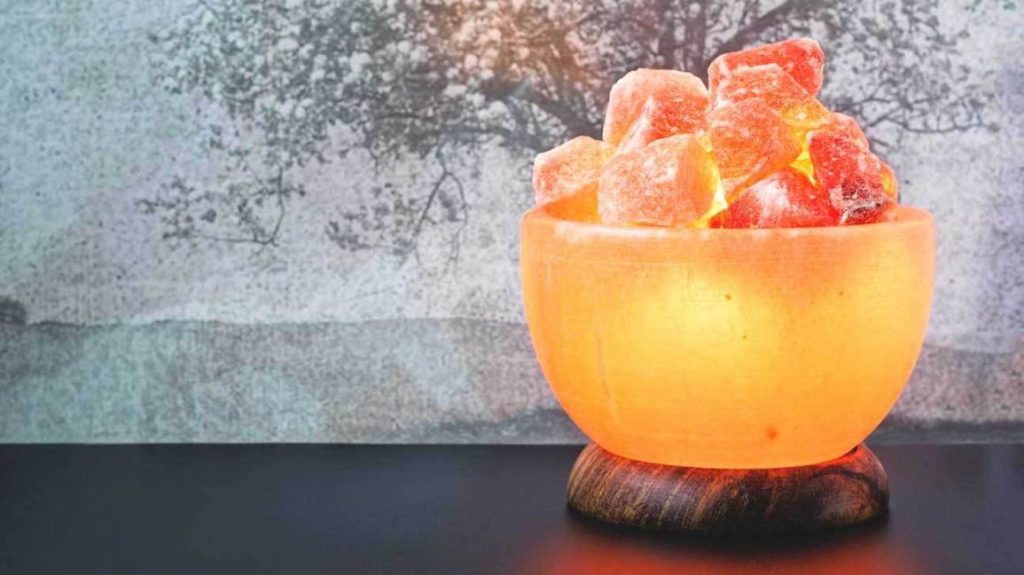
These negatively charged particles are said to do wonders for a person’s health by increasing blood flow, improving a person’s mood, increasing energy levels, and providing relief from the symptoms of seasonal affective disorder.
Salt lamps are also said to filter the air in your home, trapping airborne pollutants in the lamp’s surface. This claim leads to the theory that salt lamps may improve breathing and sleep, as well as provide relief from allergies and asthma.
The theory is that any airborne pollutants, such as dust, smoke, and pollen, present in the water molecules will be trapped on the surface of the salt lamp (1).
Salt lamps are thought to purify the air because of their hygroscopic properties. This means that the salt attracts and traps water molecules from the air.
You can get best of the Himalayan Salt Lamps online.
Beeswax Candles
Like salt crystal lamps, beeswax candles release negative ions that neutralize the particles from air pollutants, rendering them harmless. Beeswax emits negative ions much as some electric air purifiers do.
Negative ions actually clear air of mold spores, pollen, dander, odors, germs, dust, and other nasty particles. Most of these are high in positively charged particles, and in the atomic world, opposites attract.
When the negative ions grab hold of the nasty particles, they become too heavy to remain airborne. So they drop to the floor other surfaces where, you guessed it, we can clean them right up with a good vacuum or dust cloth.
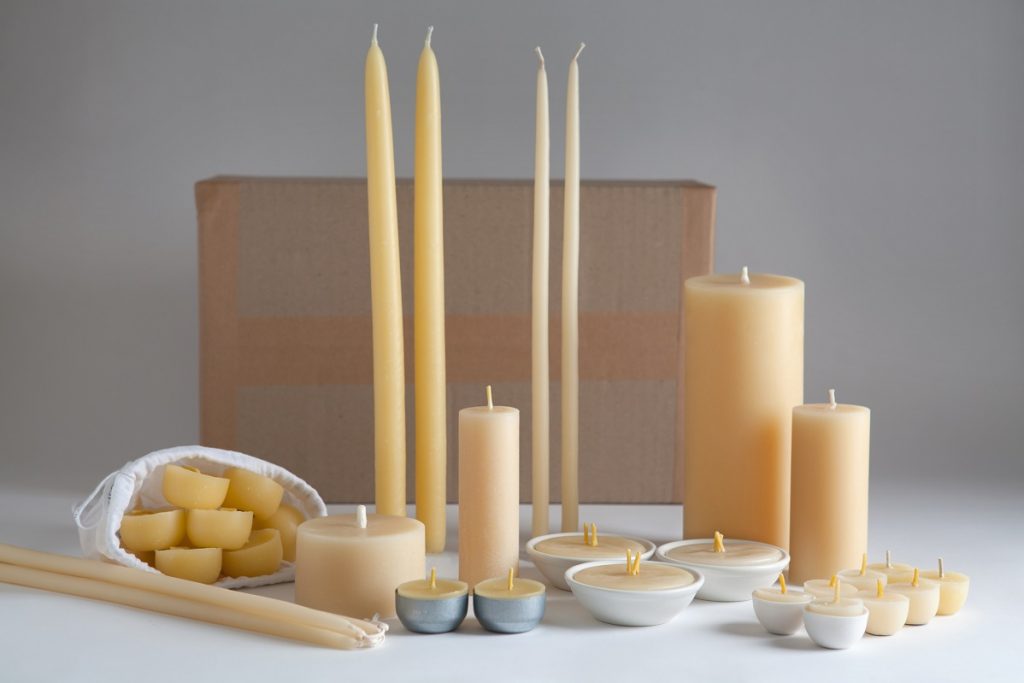
People who are sensitive to fragrances often prefer light-scented beeswax to overly perfumed paraffin candles. While burning, they emit the same light spectrum as the sun, which gives a more comforting ambiance than paraffin candles.
Besides being all-natural, they possess several health benefits like;
- Increases sense of well-being and mental clarity.
- They often called natural anti-depressant.
- Improves breathing rate, decreases blood pressure, and relieves tension.
- Helps you sleep better by normalizing serotonin in the brain.
Activated Charcoal
Activated charcoal (or activated carbon) is charcoal that underwent an additional heating step in the manufacturing process. It increases its surface area and creates more micropores, making the charcoal even more effective at trapping odors.
Instead of just masking the odor, charcoal actually removes the smell by adsorbing the harmful particles from the air. The odor-causing particles are attracted by charcoal and sit on its surface. The pores provide no nutrients or moisture, so the trapped bacteria are left to die.

As you keep using charcoal in your home, eventually the pores will become full. The charcoal becomes inactive.
In other words, it stops working and needs to be cleaned out again. To reactivate it (and make it activated charcoal with empty pores again), it needs to be set outside every once in a while.
Houseplants for Clean Air
It’s often the germs and toxins that you can’t see that are the most harmful, but alas these air-cleaning plants will help you remove toxins and improve air quality (2).
Plants are great, but they don’t actually clean indoor air quickly enough to have an effect on the air quality of your home or office environment.
Must read – 7 reasons to grow your own organic garden at home
Aloe Vera

Money Plant
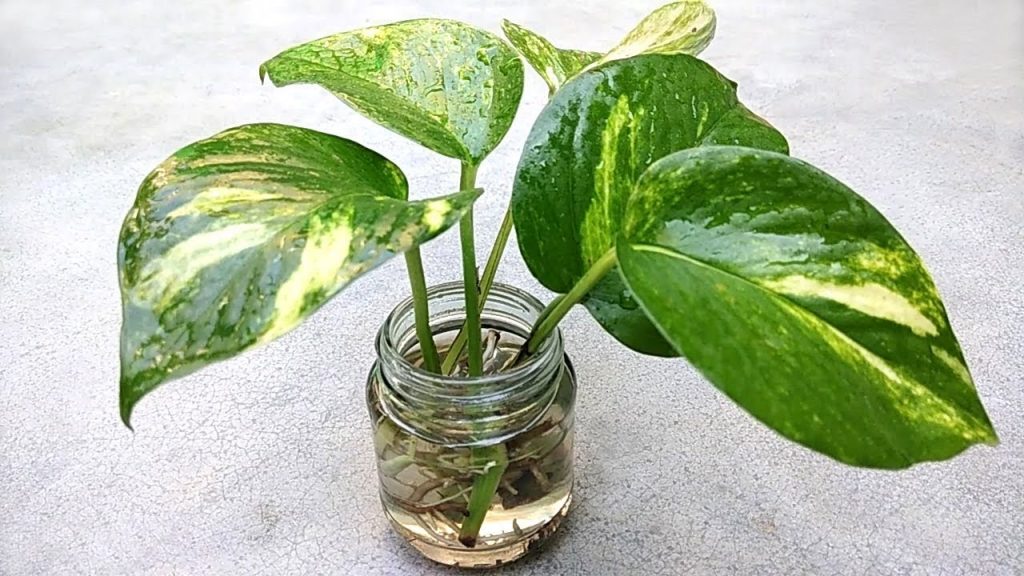
Philodendron
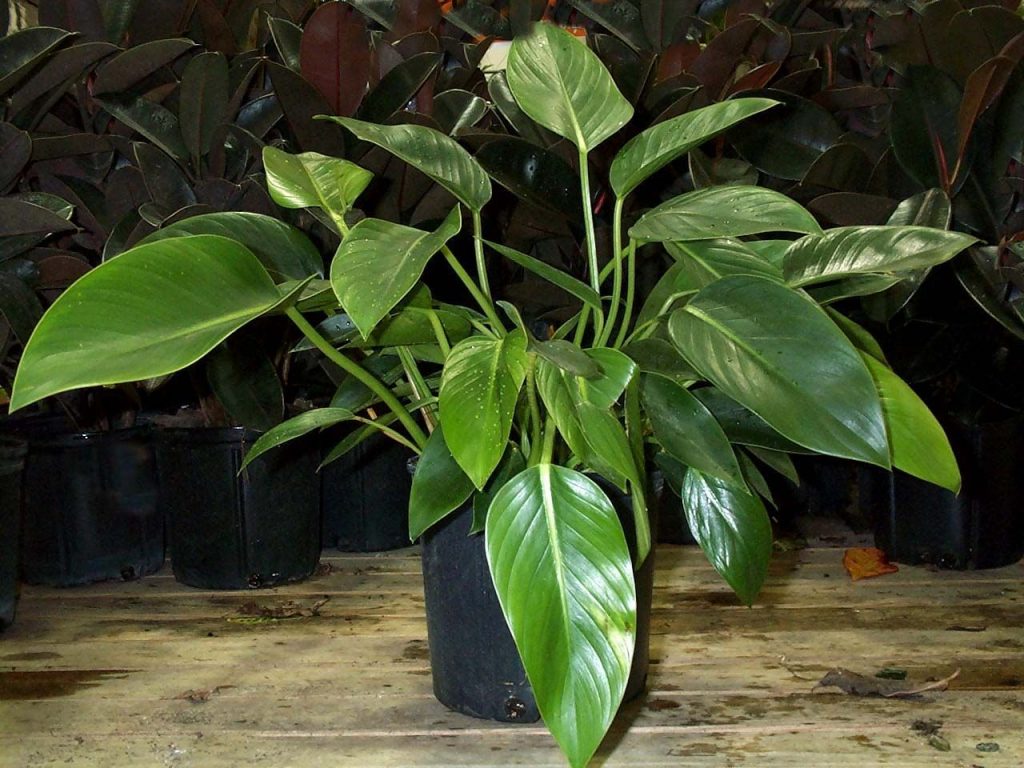
Palm
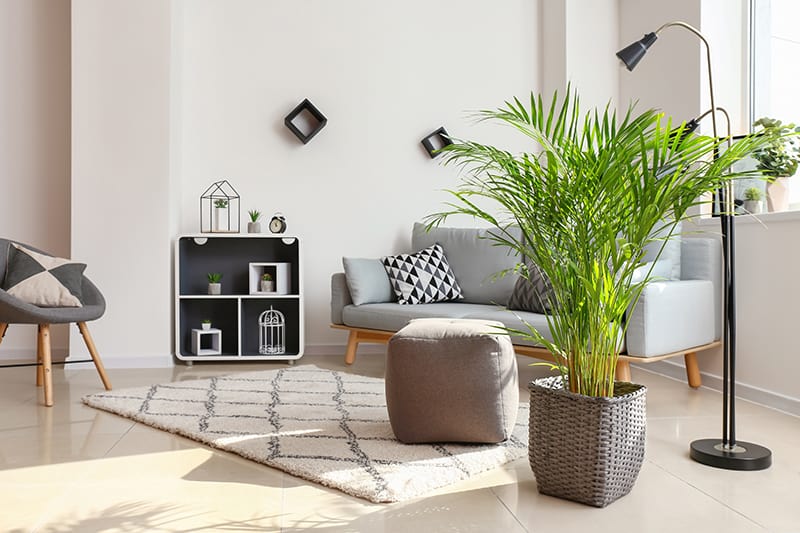
Spider Plant
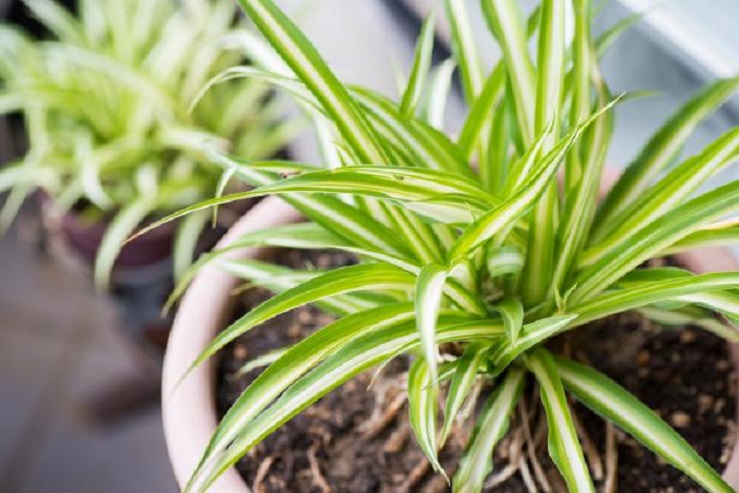
Rubber Plant
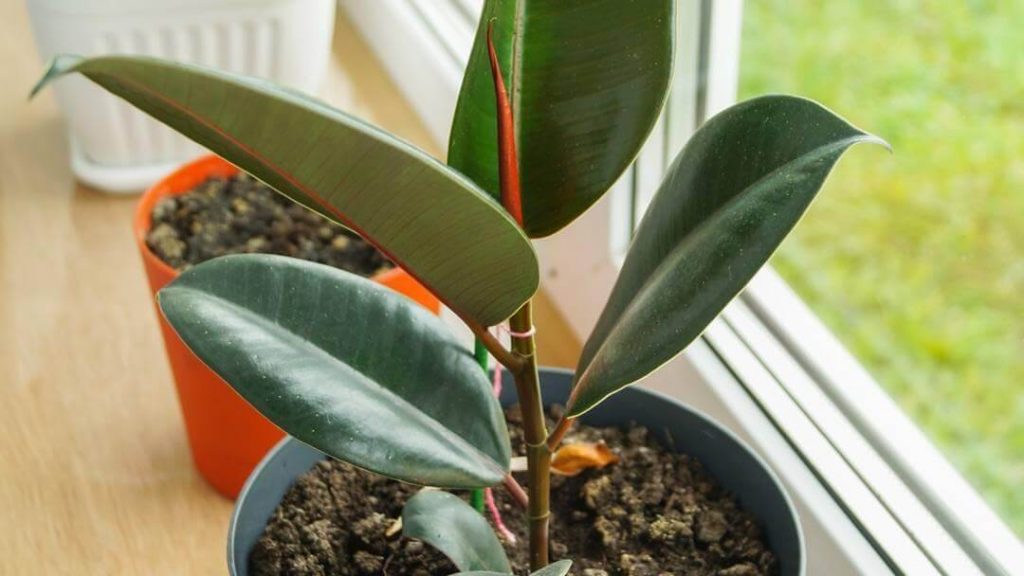
Corn Plant
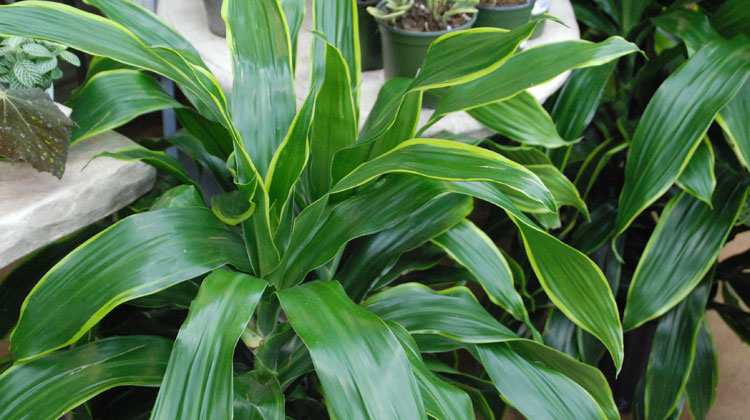
Ficus
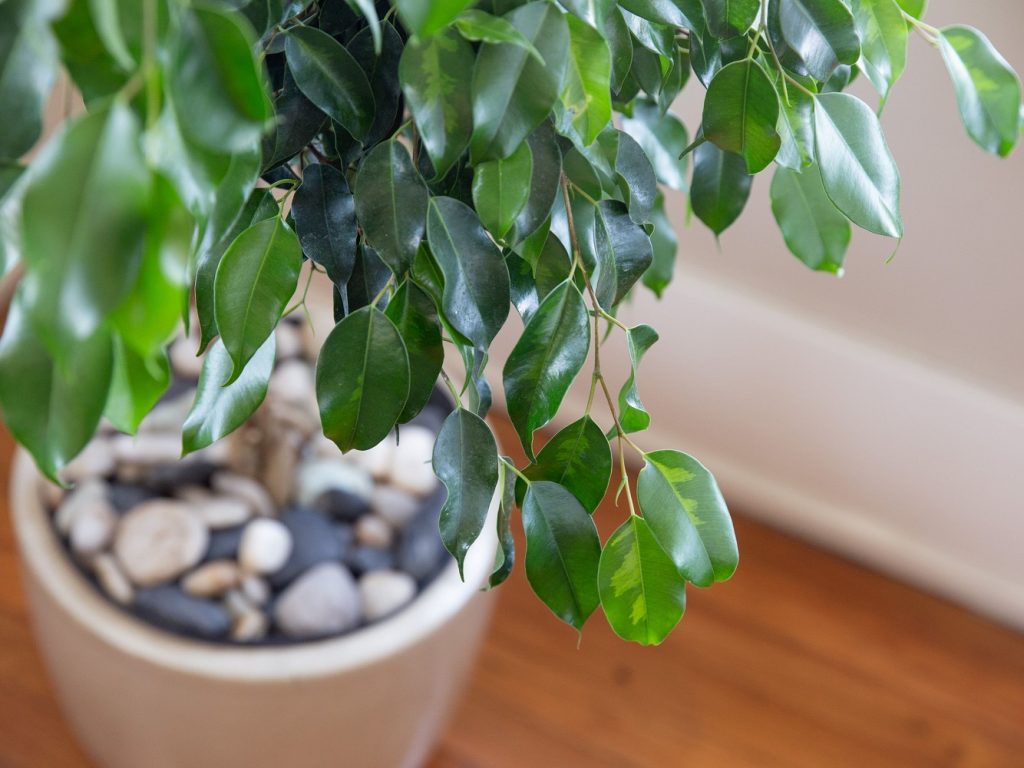
Fern
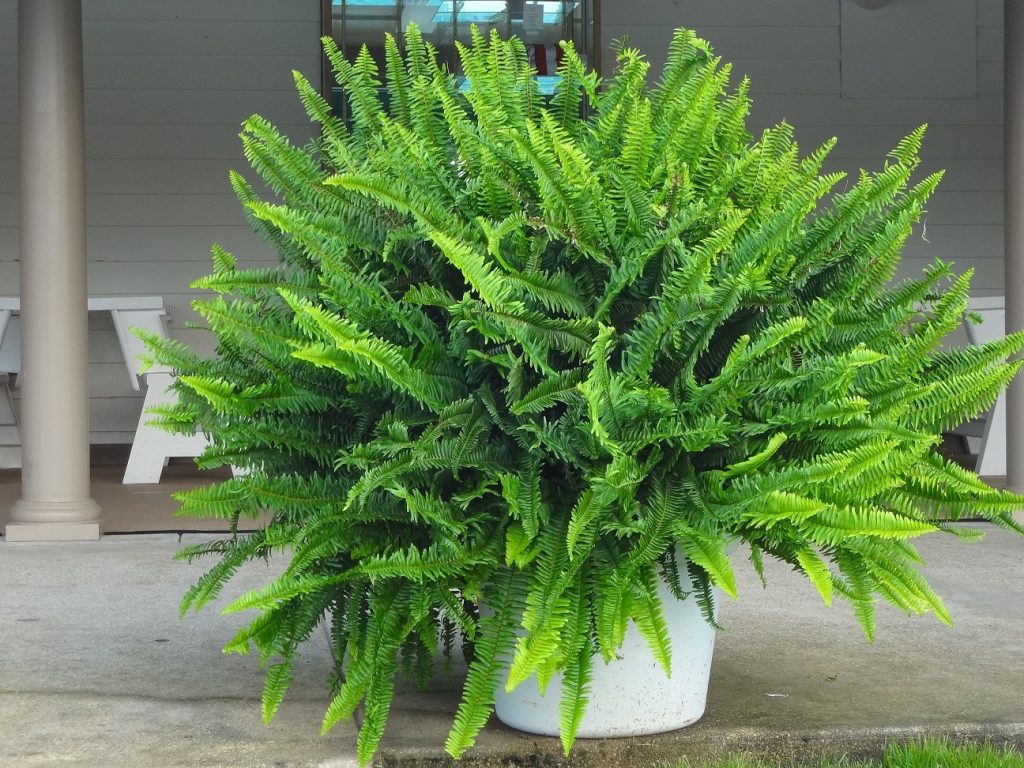
Peace Lilly
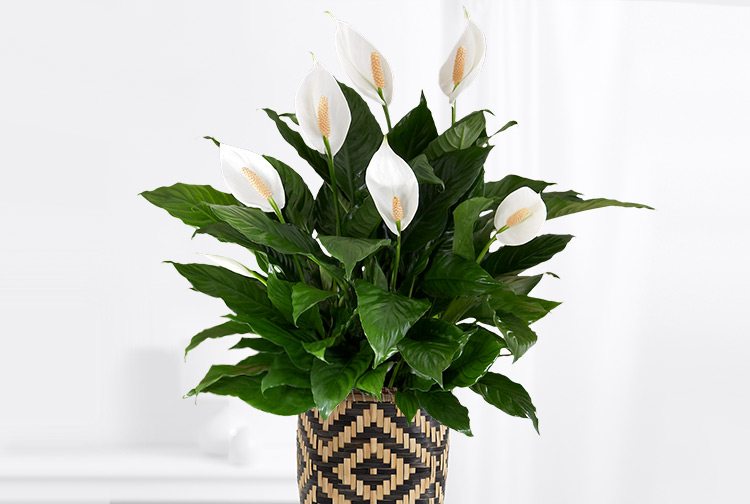
Dragon Tree
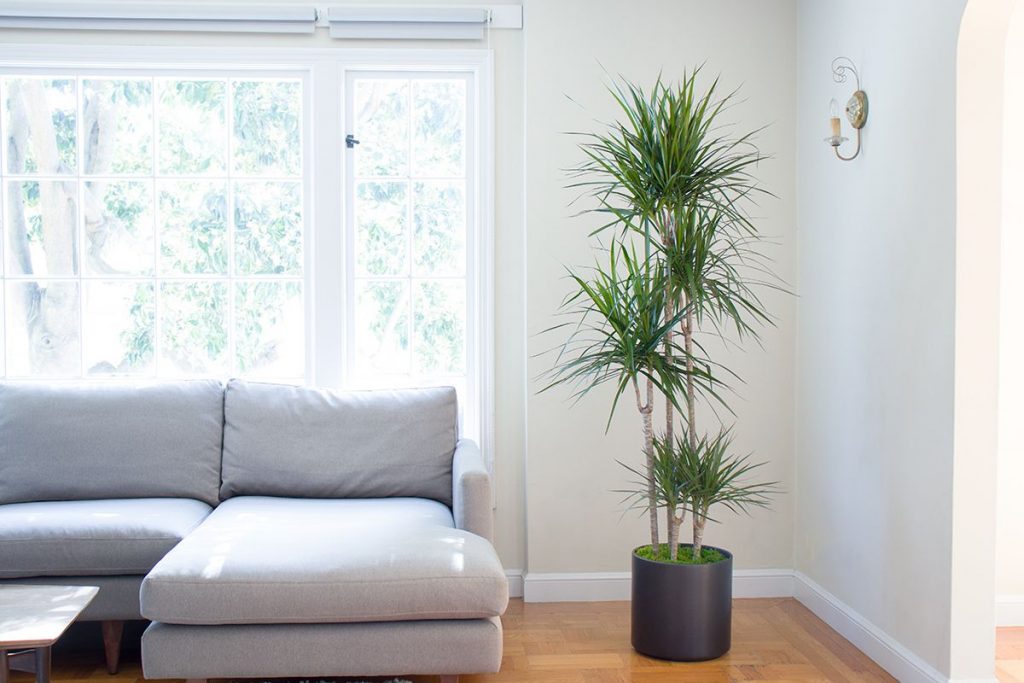
Snake Plant
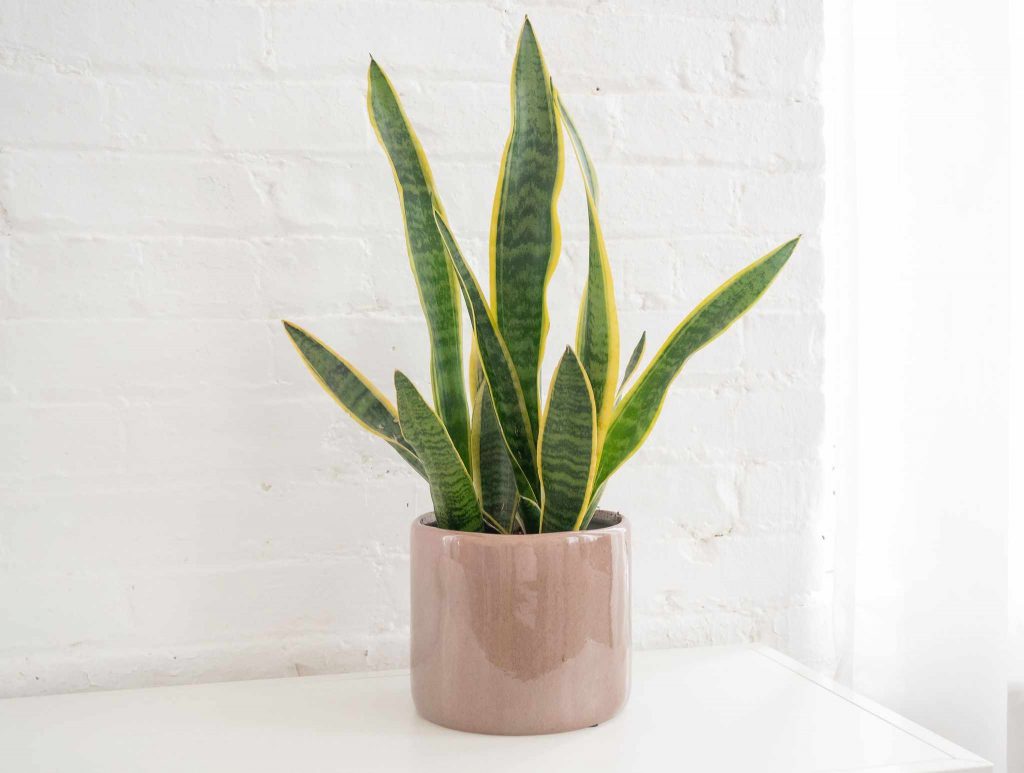
You can get the beautiful houseplants here.
Clean air with Essential Oils
They can help clean, deodorize, and purify the air in our homes and leave us breathing easier. Using the right essential oils, we can combat indoor pollution while simultaneously reaping the therapeutic rewards of clean, fresh, and healthy air.
When used in various ways, they can help eliminate germs on your body, your belongings, and the surfaces in your home (3).
There are many essential oils with antimicrobial and antifungal properties, and you can use them alone or in a combination of oils.
- Eucalyptus (Eucalyptus globulus).
- Lavender (lavender Angustifolia).
- Cinnamon (Cinnamomum zeylanicuml) – should not be used around children under 6 years of age.
- May Chang (litsea cubeba).
- Oregano (origanum vulgare).
- Thyme (Thymus vulgaris).
- Tea Tree (melaleuca alternifolia).
- Clove (Syzygium aromaticum) should not be used around children under 2 years of age.
- Lemon (Citrus Limon).
- Rosemary (Rosmarinus officinalis) should be avoided by women who are pregnant and children under 6 years of age.
- Geranium (pelargonium graveolens).
You can use an electric diffuser or tea candle diffuser, a simple room spray using water and essential oils, or you can also use a couple of drops of your favorite essential oil or essential oil blend on a (paper) tissue and inhale as needed.
Though…a proper ventilation is a must for every home/office
Another approach to lowering the concentrations of indoor air pollutants in your home is to increase the amount of outdoor air coming indoors.
Opening windows and doors, operating window or attic fans, when the weather permits, or running a window air conditioner with the vent control open increases the outdoor ventilation rate.
If used properly natural ventilation can at times help moderate the indoor air temperature as well. However, if it is too hot in homes, then you must know these facts before using air-conditioning systems.
